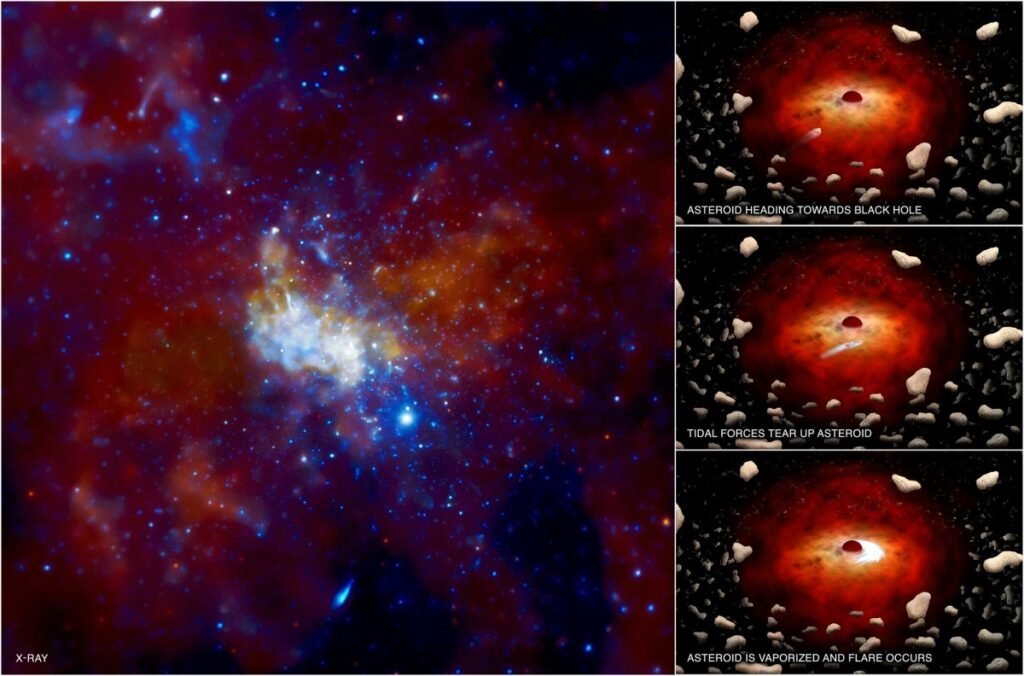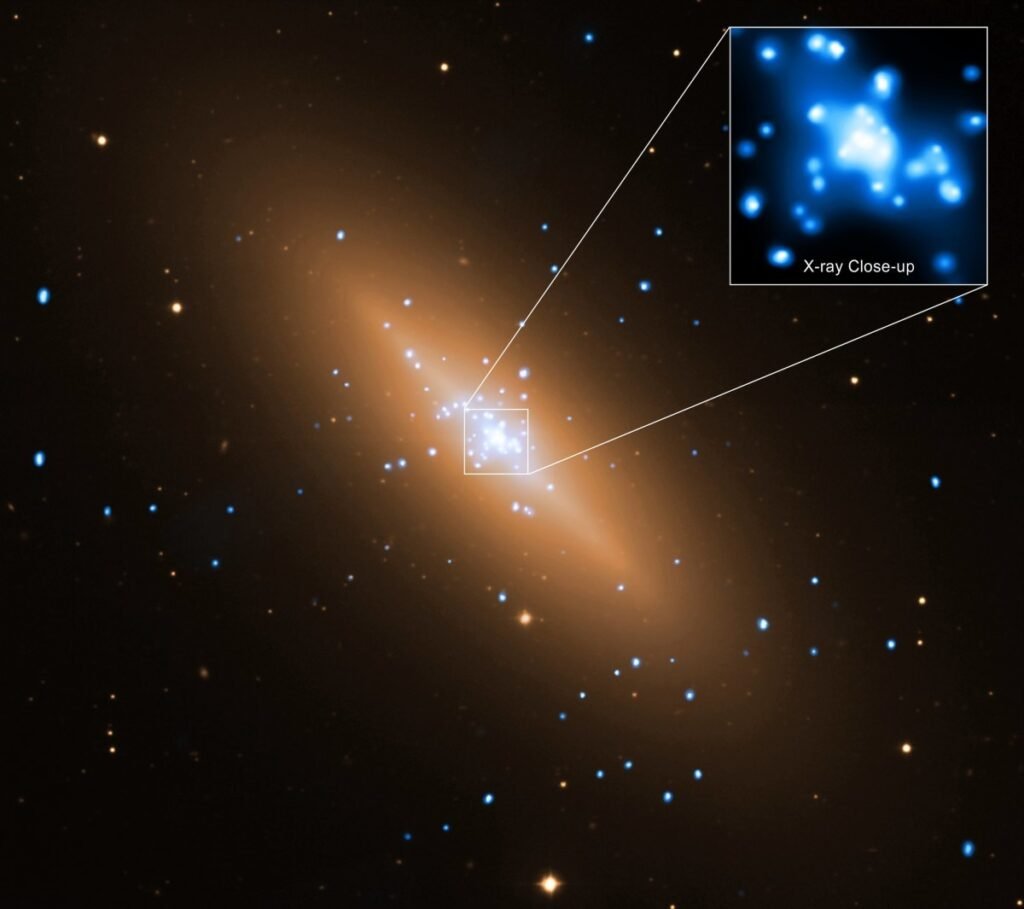How the Black Hole information paradox was resolved

Things that a Black Hole sucks in, need not be lost forever – the latest calculations show that Black Holes do preserve information of matter within its bulk and that such information does get to escape its gravitational pull
I have always been way more intrigued about the peculiar mysteries surrounding Natural Science than I should be for someone who has not much to do with its study. And I know, for one, that I am not the only one who has found herself gravitating towards the otherworldly contraptions of Nature – including the far-flung celestial structures in outer space that are so astounding and elusive in their system of existence, that we tend to ascribe an almost mythical quality to them.
No wonder pieces of popular entertainment – be it your nightly podcast, a trending movie title or a good old-fashioned paperback promising to suck you into a rabbit hole of ethereal oddities – surrounding topical interests stemming from Natural Science, are such a booming business.
Thriving careers are made out of unravelling convoluted topics for the layperson. And it is all because we have an inherent, inexplicable thirst for concepts that are beyond our understanding of everyday life. To the uninitiated, it is a dive into escapism.
Theoretical Physics seems to have carved its own celebrated niche in the popular imagination.
There are theories that appear so alien and mystical in juxtaposition with our immediate reality, that it might as well be fiction. And there is a strange comfort in fiction.
The Black Hole information paradox is the most distinctive characteristic trait of a Black Hole as we know it — a region in outer space where an unfathomable amount of dense matter is compacted into a supposed singularity. This generates gravitational force strong enough to suck in any mass of matter that is close enough to it and warp the very fabric of space-time to create a steep curve toward its singularity.
It was understood that once any substance, any particle at all, enters the Black Hole, it gets lost forever as no one knows what the Black Hole contains inside its mysterious whirlpool that ingurgitates swathes of undefined darkness.
That mass of matter that has crossed the event horizon of a Black Hole is never to be seen again. Although a Black Hole emits radiation — a small amount of heat dubbed “Hawking radiation” — as a result of quantum processes at the edge of the hole, the particles it sheds are completely unstructured.
That means the particles coming out of the Black Hole provide no information about its interior contents. As Quanta Magazine puts it — if an astronaut falls inside a Black Hole, the hole grows in mass by the astronaut’s weight. However, when particles come out of the Black Hole, they do not contain any information that could help us determine whether those particles were part of an astronaut or a lump of lead.
This leads to a tricky situation. As the Black Hole gradually depletes and reaches the end of the cycle of its existence, it spews out the last of its particles in radiation and all that is left is a huge amorphous cloud of particles flitting about at random. There is no way to retrieve any information about whatever was inside the Black Hole or had once been sucked in. All that had once crossed its event horizon is seemingly lost forever.

This makes the evaporation an irreversible process which violates a fundamental principle of quantum mechanics called “unitarity” – the present always preserves information about the past.
This realisation was accepted by Stephen Hawking and most of his colleagues when they were theorising about Black Hole radiation in 1974. However, Don Page, the graduate student Hawking was advising at the time, broke away from Hawking in 1980 to argue that Black Holes did indeed release, or at least preserve some information, or the irreversibility would violate the fundamental symmetry of time.
The Page Curve and Quantum Entanglement
Page began to wonder if the Black Hole information paradox had more to do with the entire lifespan of the Black Hole as opposed to the very end of its existence when it becomes a vigorously open system and spews out the last ounces of its radiation before evaporating into nothingness.
He looked at a phenomenon otherwise not focused upon by the works of other scientists at the time– the phenomenon of quantum entanglement which occurs throughout a Black Hole’s existence to lead up to its eventual evaporation.
The radiation at the edge of the Black Hole retains a quantum mechanical link to its place of origin – this phenomenon is known as quantum entanglement. If the radiation or the Black Hole is measured independently, they reveal nothing and the results that come up are meaningless – much like how it would work in an encryption system.
The data without the password is gibberish and in order to figure it out, both have to be matched competently. If the radiation is studied jointly with the Black Hole, they exhibit a pattern. Page surmised that perhaps the data coming out of the Black Hole can give us information about its contents, only if it goes through a rigorous decryption process.
According to his calculations, the total amount of entanglement between the emitted radiation and the Black Hole – a concept known as the entanglement entropy – should rise as the Black Hole ages. If information is preserved, the entanglement entropy increases to a peak point before it shoots back down to zero again. The graph for the entanglement entropy follows an inverted ‘V’ shape and is known as the Page curve.
Black Holes are studied in terms of Hawking’s semi-classical approach – matter in and around a Black Hole is described using quantum theory while gravity continues to be studied using the classical theory proposed by Einstein.

The entanglement entropy begins to decrease halfway through the Page curve at a moment known as the Page time. But the surprising fact is that there is nothing, no known phenomenon in classical Physics that could bring upon the onset of the decrease in entropy.
The Black Hole is still quite enormous at Page time to adhere to the laws of quantum mechanics instead of classical Physics.
Page established that if the entanglement entropy from the emitted radiation follows the Page curve, then information does indeed escape the Black Hole.
However, many scientists thought that such an occurrence would not be possible under the ambit of semi-classical Physics and hence left the puzzle unsolved perhaps waiting for a viable quantum theory of gravity to help make sense of the process.
It took nearly three decades for physicists to come up with a solution to the Page curve.
Over the course of the past two years, calculations have been able to show that the entanglement entropy of a Black Hole does in fact follow the Page curve – which means that information does get out. But surprisingly, the calculations did not invoke a quantum theory of gravity. Those actually identified manoeuvres within the semi-classical approach that still conformed to Einstein’s definition of gravity, while at the same time, uncovered additional semi-classical effects and new gravitational configurations not previously considered by Hawking.
Reactions of Theoretical Physicists to the Solution
Physicists not involved in the work have commended the venture, only before expressing a certain degree of scepticism surrounding the heaping pile of approximations and idealisations involved. The uncertainties involved in the calculations have led some to believe that a solution within the semi-classical theory is not as reliable.
They propose that string theory, or the quantum theory of gravity, or some other novel physics has to be brought into the mix in order to truly ascertain whether information escapes the Black Hole.
Nevertheless, there seems to be a broad consensus in the Theoretical Physics community over the upshot of the process of information leakage from Black Holes. In order for information to escape the Black Hole, it is widely understood that space-time itself has to undergo a phase transition to an entirely foreign structure.
This implies that space-time is not the core fabric of reality as we know it, but is an emergent manifestation of a phenomenon much deeper. Even though Einstein posits gravity as the geometry of space-time, his theory also provides room for the dissolution of space-time itself. This means that information does get to escape its gravitational prison.
Now that physicists have been able to show that the entanglement entropy does in fact follow the Page curve, it has been proven that information does dribble out of a Black Hole with the help of quantum entanglement.
The information is so highly encrypted it may appear as if the Black Hole has not disclosed anything. However, the Black Hole will eventually reach a stage in the span of its existence in which it will be possible to decrypt the information.
The research published in May 2019 shows the occurrence of such phenomena using new theoretical tools that help quantify entanglement geometrically.
The latest research resoundingly points to the resolution of the Black Hole information paradox. The results show the way to calculating the Page curve, which in turn reveals that information does survive a Black Hole.
Hence it would appear that the logical contradiction in the concept of Black Holes has been overcome – resolving the information paradox.
However, the information that does get out is still a mystery to scientists as they have no idea how to make sense of it.
It would seem as if Black Holes have managed to preserve their place of enigma in our imagination against some of the most unrelenting efforts of theoretical physicists.
Hello there, awesome web site. All of the issues you created on were quite fascinating. I attempted to provide in the RSS feed to my news reader. Thanks
I really like what you posted. I really agree with what you wrote.